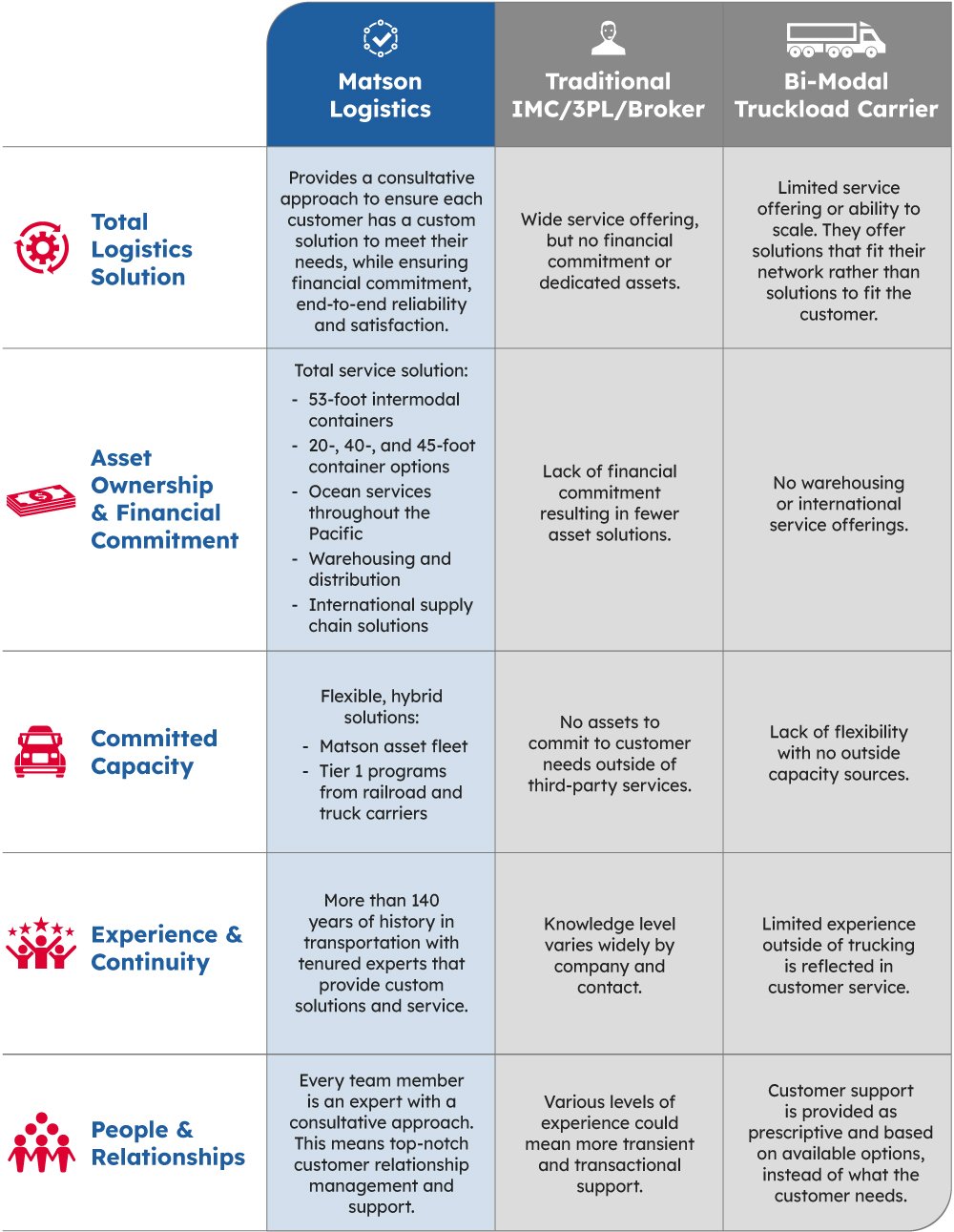The transportation and logistics industry has been grappling with a rapid rise in cargo theft and fraud. CargoNet® estimates that in the U.S., $223 million in cargo was stolen across all cargo modes in 2022. It also found:
- Three states represent 46% of all theft: California, Texas, and Florida
- The top targeted theft locations were warehouses, distribution centers, and parking lots/truck stops
- The average value of cargo stolen per event was $214,104
While those numbers continue to fluctuate in the U.S., initial data suggest it is getting much worse in 2023. For example, CargoNet tracked 142 incidents of pre-meditated “strategic” theft in the U.S., the type involving significant planning and organization, in all of 2022. So far this year, it has recorded 143.
- Strategic Theft - Criminals trick you into giving them cargo through fictitious pickups and identity thefts.
- Straight Theft - Criminals physically go out and steal cargo where it sits, whether at truck stops, parking lots, drop yards, etc.
Crimes of opportunity to the premeditated theft and laundering of cargo by organized crime rose 15% year over year in 2022, while the value of stolen goods rose 16.3% to $107 million, according to CargoNet. Exact figures are difficult to come by, and likely underreported, as there is no single agency that tracks cargo theft and is charged with fighting it. CargoNet also found that in the first five months of 2023, the number of fraud incidents was greater than all of 2022. And it gets worse. Truckstop reports that starting in early 2023, fraud complaints from freight brokers and truck carriers were approximately 400% higher than normal.
Supply Chain Instability
One reason for the increase in cargo theft is the increasing complexity of global supply chains. There are numerous vulnerabilities that criminals exploit, especially as supply chains become more interconnected and extended. There are multiple touch points where goods can be intercepted or tampered with before anyone could know, such as:
- Transportation and Warehousing: Cargo is susceptible to theft when it is being transferred between different modes of transportation, such as trucks, ships, or airplanes.
- Distribution Centers: According to CargoNet, warehouse/distribution centers are the top targeted location type for theft. It’s common for theft to occur when goods are stored or transferred to warehouses and distribution centers, which can experience a rapid flow of goods in and out using a variety of transportation providers.
- Rail: Criminals are becoming more sophisticated in their methods to target shipments by rail. For example, they will cut power lines in a remote area causing the train to stop and the thieves will break into containers.
Weak protocols in cargo security, inadequate risk assessments, and insufficient monitoring and tracking systems create opportunities for thieves to bypass whatever security measures are in place. The more touch points involved in the supply chain, the more chances for theft, fraud, interception, or deception.
Technological Advancement
Cybercriminals leverage technology to hack into transportation management systems, disrupt tracking signals, gain unauthorized access to sensitive information, and share it in real time. The more sophisticated technology becomes, the more of a challenge it is for businesses to protect their cargo, forcing companies to employ ever-more-sophisticated supply chain security solutions.
Finding the balance between the benefit and the threat of technological advancements often comes down to having trusted partners to help ensure these vulnerabilities are addressed. It’s important to ensure they have robust security measures in place, use GPS tracking, conduct regular background checks of employees and partners, are CTPAT compliant, and adhere to the best practices recommended by industry associations such as TIA, CSCMP, and IANA.
Double Brokering
Double brokering occurs when an unauthorized intermediary, known as the double broker, inserts itself into a transaction between a shipper, a legitimate broker, and a carrier.
The double broker is a criminal who represents themselves as a carrier to the original broker that tendered the load. Once in receipt of the rate confirmation, the criminal identifies the product and determines if they can successfully sell it or not. If the shipment is valuable enough, they will either steal the product outright or, if it’s not of value to them, they misrepresent themselves again, but this time as a broker to an unsuspecting carrier.
Once the load is delivered, the criminal will receive the payment on delivery, and then return it to the original legitimate broker. In turn, they will receive payment on that invoice from the original broker and then they disappear, never paying the actual carrier for the services.
Double brokering exploits the trust and cooperation between various parties in the supply chain, resulting in significant financial losses for carriers and legitimate brokers.
To combat this type of cargo theft, all stakeholders must exercise due diligence, conduct background checks on potential partners, and be extremely cautious when dealing with unknown or unverified brokers and carriers. Oftentimes, the criminal will duplicate communications from current providers to try to act as if they’re legitimate. Sometimes simply changing a letter in an email address goes completely unnoticed, making it seem as if the criminal is the provider. If you have any doubt that an email is legitimate, call the sender to verify it.
Post-Pandemic Network Expansion
While the pandemic led to disruptions in global supply chains, prompting businesses to diversify their sourcing and distribution strategies, it also brought new opportunities for bad actors to exploit the transactional nature of brokerage and load tendering.
Many companies sought to expand their network of cargo carriers to ensure the continued flow of goods. However, the rapid expansion of supply chain networks introduces new risks, including the potential for engaging carriers with inadequate cargo security protocols or unknown reputations. This can inadvertently increase the opportunities for cargo fraud and theft.
Additionally, there is a lack of familiarity and increased turnover. This caused increased pressure on other carriers and mistrust of new and unknown carriers. There is a lot of opportunity for fraud in a weakened supply chain.
How to Combat the Rise of Cargo Fraud and Theft in the Supply Chain
While there is no way to completely prevent cargo theft, there are certain security precautions businesses can take to protect their shipments.
Enhance Supply Chain Visibility & Real-Time Tracking
Improve supply chain security with upgraded technology to advanced tracking technologies such as GPS, RFID, and IoT-enabled devices to monitor shipments throughout the supply chain, enabling real-time visibility and accurate traceability.
Cargo theft is harder for bad actors when companies utilize geofencing and geo-tracking solutions to create virtual boundaries and receive notifications when cargo deviates from planned routes or enters restricted areas.
Strengthen Collaboration and Partnerships
Secure communication channels and work with stakeholders to combat cargo theft and fraud. Fostering strong partnerships with shippers, carriers, law enforcement agencies, and industry associations to exchange real-time information about potential threats to your cargo and criminal activities is vital to prevention.
Find a transportation partner that already has a process in place to combat cargo theft and fraud. At Matson Logistics, we make it our cause to stay a step ahead of thieves by implementing security measures to keep your cargo safe.
We keep your cargo secure with:
- Online tools & tracking
- Warehouses with 24/7 security personnel, gatehouses, and secure trailer yards
- A strict vetting and onboarding process for carriers, with a comprehensive business standards checklist
- Contracts with dedicated carriers and relationships that span over 20 years
- A technology model that ensures privacy and access with secure, in-house system
Click here to download the infographic 
Learn more about Matson Logistics and the logistics model that sets us apart from everyone else. To request a quote or for more information, contact us today.

August 1, 2023

